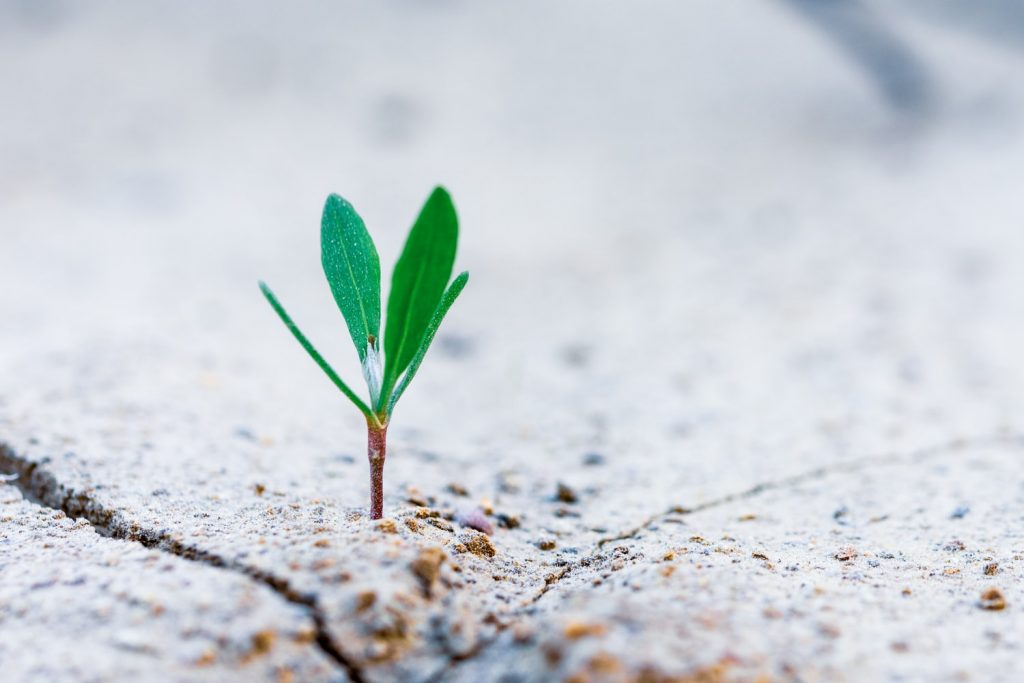By Amanda Williams, Gail Whiteman, & Steve Kennedy
In the middle of the climate crisis, another crisis – the coronavirus- is spiraling around the globe. But these are, unfortunately, not the only shocks we are facing this year: protests for racial equality turned violent, an explosion devastated Beirut, wildfires are raging in western parts of the US, and flash floods hit in Afghanistan.
Many corporations are undoubtedly feeling the effects. The events of this year are the ultimate test of a corporation’s ability to survive multiple unforeseen shocks rippling into back-to-back crises at such a colossal scale. While some corporations are implementing innovative solutions to stay afloat, many will not reopen their doors once we return to ‘normal.’

The current series of crises is clear proof: corporations cannot thrive if the systems they depend on are fragile and vulnerable to shocks. One way to approach the issue is building resilience, i.e. factors that enhances a system’s ability to thrive in the face of threats. While many corporations implement adaptation and mitigation measures, such as climate proofing operations and reducing emissions, to fight climate change and build their own resilience, few corporations implement strategies to build the resilience of the systems that they depend on: economies, societies and ecosystems.
In our article, “Cross-Scale Systemic Resilience: Implications for Organization Studies”, we suggest that by considering resilience beyond the firm level and over time, firm level resilience can be enhanced in the long-run. How can corporate leaders build resilience across organizational, societal and environmental systems? Based on our latest article, we offer several suggestions:
1. Focus on a different scale. Firm-centric approaches, such as climate proofing buildings, may keep corporations afloat in the short term, but are unlikely to offer a long-term solution. Mitigation and adaptation aim to enhance firm performance and respond to the effects of the problem, but do little to consider the economic, societal and environmental systems on which the corporations depend. This results in complex interactions in local societies and ecosystems going unnoticed and leaving corporations vulnerable to future disturbances. New approaches should consider how to develop healthy systems that can continue to provide services for the local community and corporations for decades to come.
2. Look closer. When considering the intricacies of ecosystems, managers can monitor slow variables and feedbacks. Slow variables, such as climate or levels of rainfall, control how systems function. Managers can identify the slow variables that govern how systems behave and what levels of these variables put the system in danger. Feedbacks, such as the consequences of environmental degradation, offer managers warning signals that changes are occurring and allow to detect when systems may be at risk. Managers can seek to tighten their recognition and action to feedback loops in order to minimize time delays and improve chances of avoiding system collapse.
3. Manage response diversity and redundancy.Moderate levels of diversity and redundancy allow systems to thrive. When a disturbance strikes, response diversity (the ways a system can respond to disasters) allows systems to react in numerous ways. Redundancy (the ability of parts of the system to perform alternative functions) provides substitute functions when elements that perform similar functions fail. When diversity and redundancy are compromised, systems become brittle and vulnerable to even small disturbances.
We hope that these suggestions offer managers new ways of looking at their corporations’ resilience. If applied correctly, these suggestions would help to build resilience at the social-ecological level. In the long-term, corporate resilience would also be enhanced due to the stability and strength of external systems.
Reference:
Williams, A., Whiteman, G., & Kennedy, S. (Online First). Cross-Scale Systemic Resilience: Implications for Organization Studies. Business & Society.
